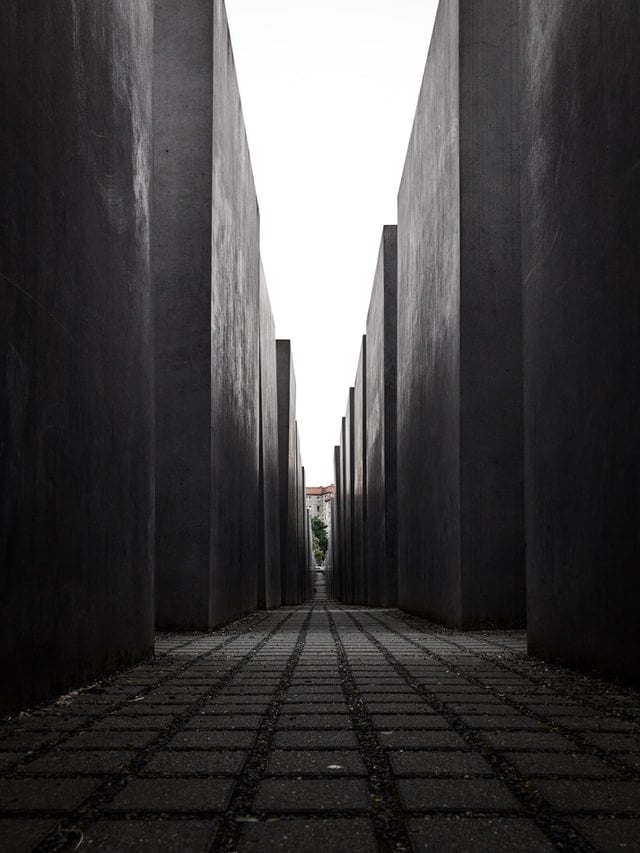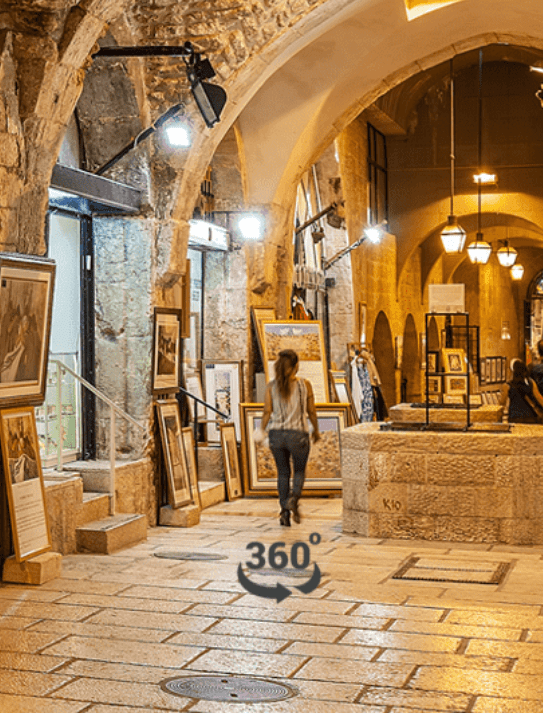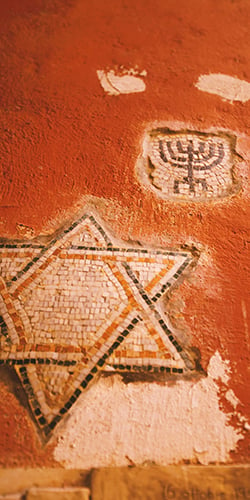Hungary Exhibit Honors Architect Lipot Baumhorn
(JHE) — Lipót Baumhorn, the most prolific synagogue architect in pre-WW2 Europe, is being honored with an open-air exhibit in Szeged, the city that is home to his masterpiece — the monumental domed New Synagogue, dedicated in 1903. At the same time, a beautifully illustrated new book — downloadable for free — celebrates the synagogue’s spectacular stained glass windows and documents their creation by the artist Mánó Róth in collaboration with Baumhorn and Szeged’s chief rabbi, Immanuel Löw.















